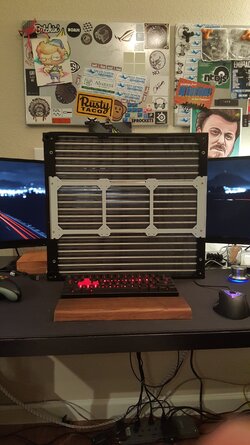Considering a gaming pc, with a GPU and CPU midrange or above (GPU could for example be Radeon 5770), is it possible to cool with only heat pipes(active ones with fluid) with acceptable temperatures on all components during a lengthy gaming session (no overclocking though)? How many heatpipes do you need? (i.e. how many components need heat pipes?, no fans are allowed).
Thanks in advance for constructive answears.
Thanks in advance for constructive answears.
